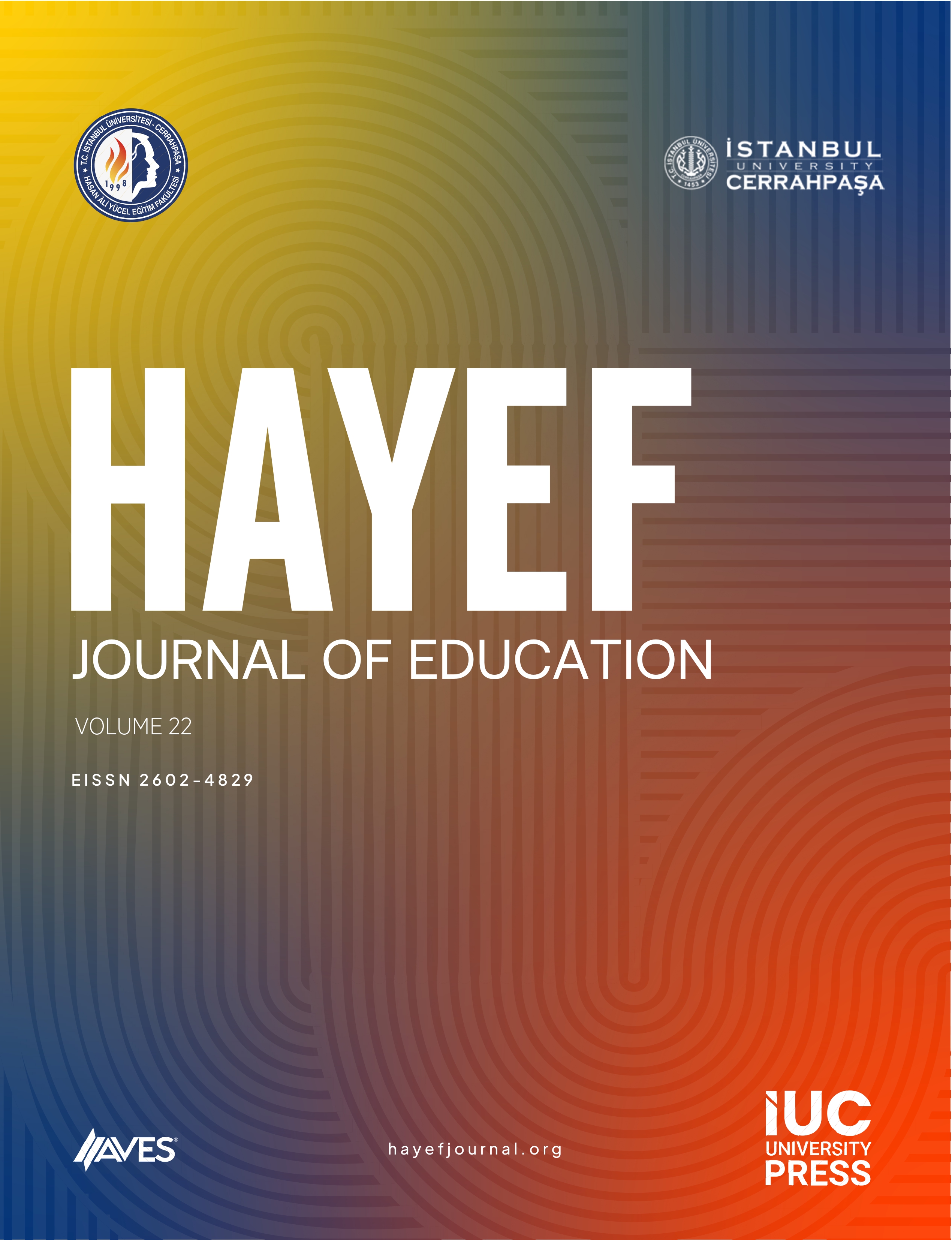The goal of this study is to analyze the relationship between thinking and decision-making styles of high school students. The research employs a relational scanning model. The participants of this study include students educated in different MEB schools, such as State, Vocational, and Anatolian schools in Bakırköy-Istanbul. This study’s sample was conducted using a simple random cluster sampling model in the schools in the Bakırköy district. A total of 800 students (500 females and 300 males) participated in the research. This study used the “Student Information Form” to collect student demographic data; the “Thinking Styles of Inventory” was used to document students’ thinking styles, and the “Melbourne Decision Making Questionnaire” was used to demonstrate students’ decision styles. The most frequently used student thinking styles were found to be Legislative (34,12), Hierarchic (32,20), Executive (31,30), Liberal (31,22), Judicial (30,23), Internal (30,21), External (29,60), Anarchic (28,90), Monarchic (28,65), Global (28,55), Local (28,46), Oligarchic (26,78), and Conservative (26,07). The most frequently used student decision-making styles were found to be Vigilance (9.18), Hypervigilance (4,73), Buckpassing (4,59), and Procrastination (4,17). It has been stated that the scales of students’ vigilance in their decision-making and thinking styles have positive relationships with these sub-dimensions: Legislative, Executive, Judicial, Hierarchic, Anarchic, Local, Internal, External, and Liberal, while they have negative relationships with the sub-dimension of Conservatism.



